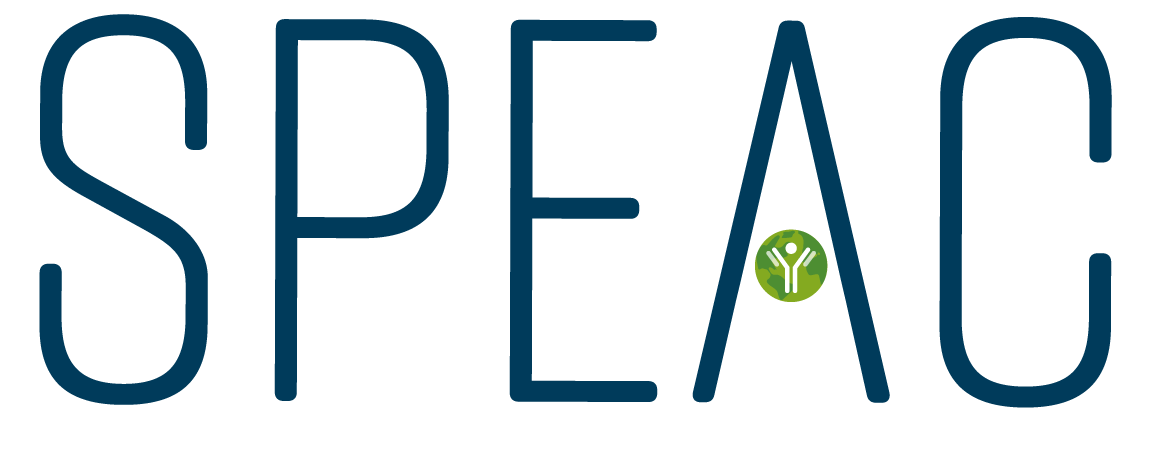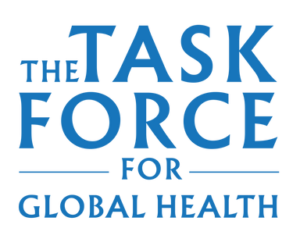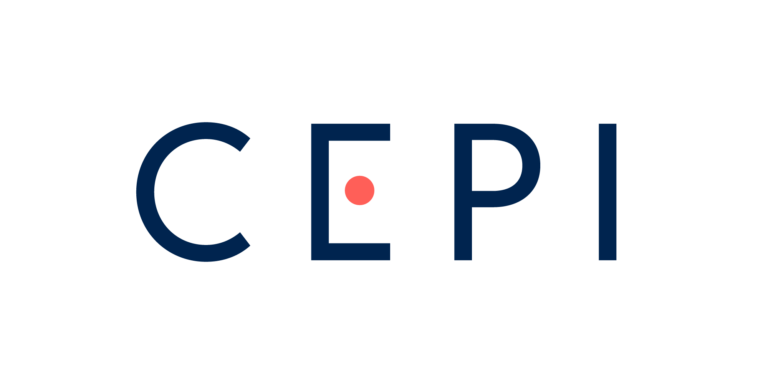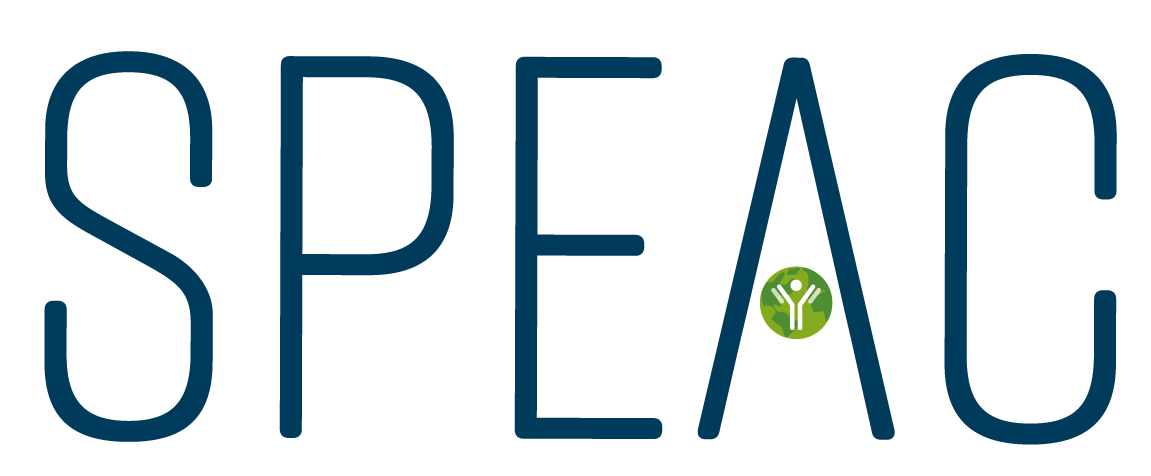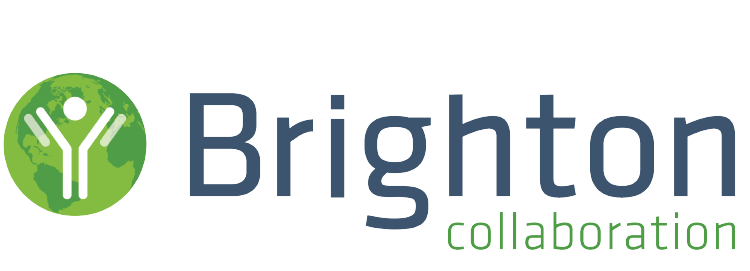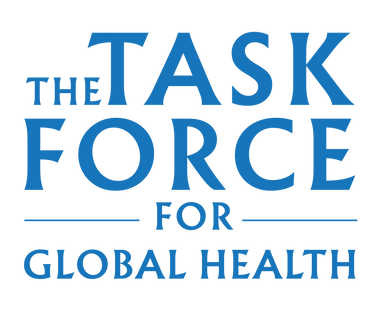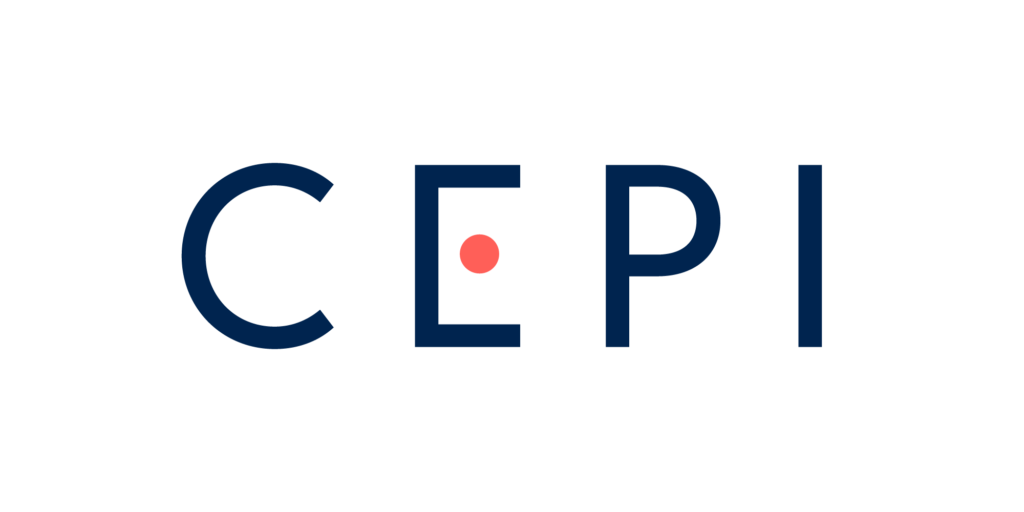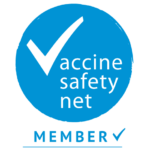Dr. Wan-Ting Huang leads SPEAC’s quality assurance and continuous improvement efforts. She is an adjunct instructor at the National Taiwan University’s Global Health Program. She also serves on the Brighton Collaboration Science Board.
Your medical training is in pediatric infectious disease, and you served as Chief Medical Officer for the Taiwan Centers for Disease Control. How did you get into the vaccine safety field?
I participated in the Epidemic Intelligence Service (EIS) at the US Centers for Disease Control and Prevention from 2007-2009. There, I worked in the Immunization Safety Office, which was my priority choice because of my background in pediatrics and my experience with vaccination practice.
At that time, vaccine safety was not highly visible in Taiwan. When my training concluded and I returned to Taiwan in July 2009, the H1N1 pandemic occurred. This was the first time Taiwan would make its own influenza vaccine against the novel H1N1 virus. It was a proof of concept for all that I learned in the past two years – to set up the nationwide infrastructures for post-approval vaccine safety evaluation in Taiwan. One of the interagency collaborations within the Ministry of Health and Welfare is a passive surveillance system for adverse events following immunization (AEFI) with shared responsibilities between Taiwan CDC and Taiwan FDA. We also used National Health Insurance data to generate background incidence and conduct active surveillance for selected adverse events of special interest relevant (AESI) to the H1N1 vaccines. When we identified unusual clusters of AEFI, for example, mass psychogenic illness in school vaccination campaigns, we conducted outbreak investigations.
We found that we were successful regarding safety surveillance but less successful with building public trust and confidence. We have to do due diligence in our scientific evaluation and communicate the data in a way that people understand and accept so that they get vaccinated.
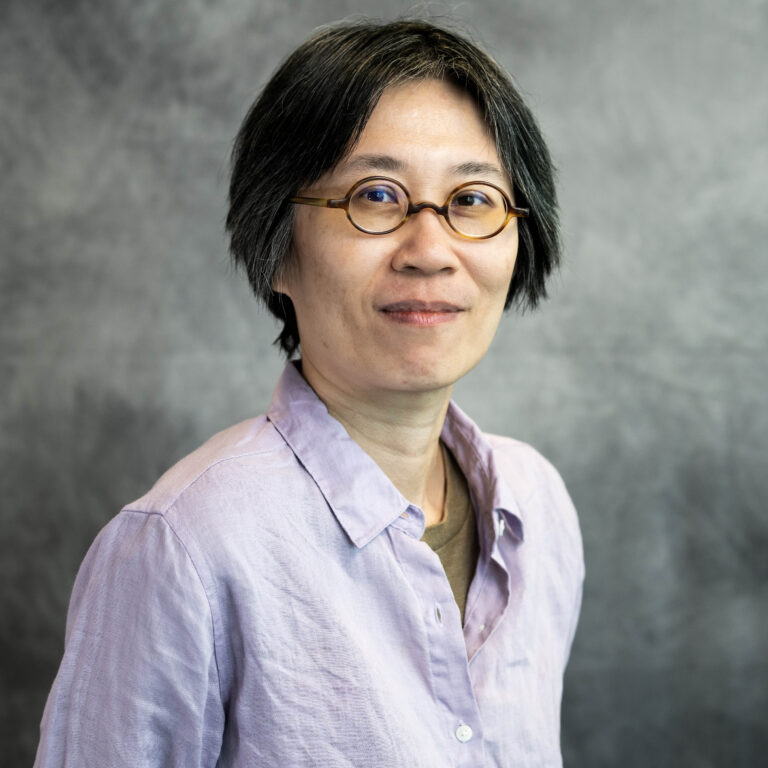
In addition to applying real-world data to inform the use of vaccines, your research also involves studying the long-term health impacts of other prevalent and complex childhood exposures. Can you share how your research interests intersect?
Most of my studies focus on vaccines but as a pediatrician, I see patients with common infectious diseases, like upper respiratory infections (URI) daily. Vaccines and URIs are common exposures in childhood – as is food. Nearly everyone is exposed to what they eat, the routine vaccines they receive, and the URIs they encounter. I also work with some colleagues on studies related to common infectious diseases and their health impact, for example, whether patterns of URIs or enterovirus infections increase the risk of childhood leukemia years later.
These interests also intersect with the social sciences. Because vaccines are common and inevitable exposures, they can also serve as a medium to reflect the culture, attitudes, beliefs, and human behaviors of a society. I work with colleagues in sociology and anthropology to study vaccine hesitancy in Taiwan.
How did you get involved with the Brighton Collaboration?
I first learned about the Brighton Collaboration during my time in the EIS Program. Over the years, I joined several Brighton Collaboration case definition working groups. We developed case definitions for AESI including preterm birth and Chorioamnionitis, among others. I joined the Brighton Collaboration Science Board in 2018 and became involved in the SPEAC project shortly thereafter. I continue to serve on the Brighton Science Board and the SPEAC Executive Board, leading SPEAC’s quality assurance and continuous improvement work.
You have contributed to several multinational vaccine safety studies and are also a member of the Global Vaccine Data Network (GVDN). Can you share about your work with GVDN?
In 2021 the National Taiwan University Health Data Research Center partnered with GVDN. I became the lead investigator for the site and helped make sure that all study implementations and data sharing comply with scientific standards and Taiwan’s policies. We have contributed the background incidence of AESI in Taiwan to GVDN’s Global COVID Vaccine Safety project and look forward to contributing more COVID-19 vaccine safety data soon.
Following your departure from the Taiwan CDC, you joined the faculty at the National Taiwan University. How are you engaging the next generation in the vaccine safety field?
I teach the course, “The Role of Vaccines in Combating the Next Pandemic,” in the University’s College of Public Health. The Global Health Program has graduate students from the US and many Southeast Asian and African countries. I also have the opportunity to co-supervise students’ projects related to vaccine safety in Taiwan and other countries. I recently co-supervised a student from Ghana whose master’s thesis focused on validating the Brighton Collaboration Case Definition for Sensorineural Hearing Loss (SNHL) in a Ghanaian tertiary hospital. I find it rewarding to connect with students and introduce them to the vaccine safety field so that they can pursue vaccine safety efforts in their own countries.
Who has influenced your career in the vaccine safety field?
Dr. Mei-Shang Ho still works actively in the vaccine field in Taiwan and frequently advises the government and public on many vaccine issues. I did research on enterovirus 71 in medical school with Dr. Ho. She is also an EIS alumni, and she encouraged and supported me to apply to the EIS program. She and I agreed, at that time, that vaccine safety would be highly needed in the future, in Taiwan and globally.
Dr. John Iskander has also influenced my career. He was one of my EIS primary supervisors at the Immunization Safety Office. I learned from him how to work with many groups of people with differing opinions, and how to manage conflict and solve problems by exercising high emotional intelligence.
Lastly, I think that Dr. Bob Chen is a visionary leader. He always foresees and advocates for the right direction for the vaccine safety field. I learned from him how to maintain a high-level, visionary perspective.
